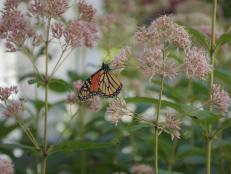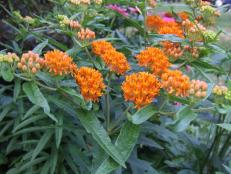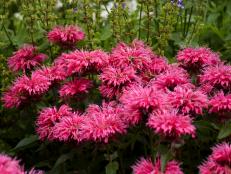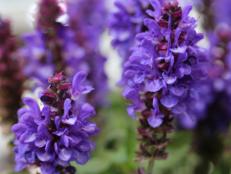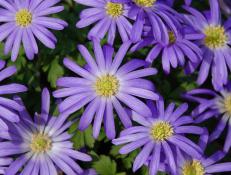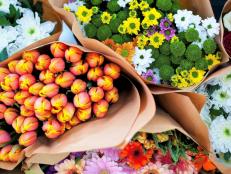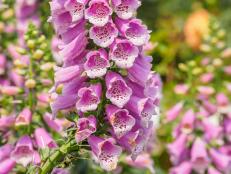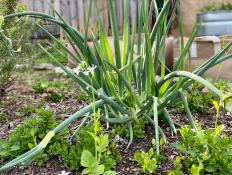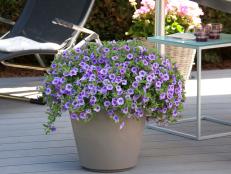Salvia greggii
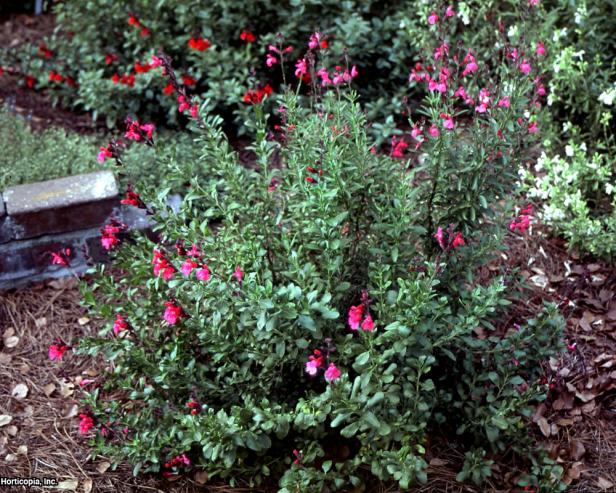
Give your garden a splash of color courtesy of a drought-tolerant beauty: autumn sage. Known botanically as Salvia greggii, autumn sage goes by several common names among gardeners, including cherry sage, Gregg’s sage and Texas sage. This perennial is hardy in Zones 7 to 9, although some varieties like ‘Wild Thing’ boast hardiness to Zone 6.
Salvia greggii is native to Southwest Texas and into the Chihuahuan Desert of Mexico. Once established, the plants survive on little water and make great additions to xeriscape or low water-use landscapes. It’s important not to plant Salvia greggii where it receives regular water from an automated irrigation system. Plants can’t survive overly wet soils. This sage plant tolerates heat and humidity, too.
Like many sages, Salvia greggii prefers a lean, sharply draining soil. Plants grow well in alkaline soils, as well as rocky soils. Too much fertilizer can actually kill this perennial. Give Salvia greggii a full sun location except in hottest regions, where a little afternoon shade is beneficial to plants.
Leaves on Salvia greggii are narrow, leathery and aromatic. The narrow shape and leathery texture are adaptations to a desert environment, helping to reduce water loss from leaves. The aromatic qualities are in keeping with plants in the sage family. This perennial is deer-resistant, thanks to the smelly leaves.
Despite its common name of autumn sage, this is a perennial that boasts a long flower season. Blooms appear on this plant in spring, summer and fall. Strongest flowering occurs in spring and fall, with more sporadic blooms during the heat of summer. Salvia greggii usually opens blossoms in shades of red, although varieties exist that have flowers in pink, purple, white and orange.
Hummingbirds mob this plant, especially the red-flowered types. Autumn sage is also a good addition to a butterfly garden. The plants have a strong vase shape, with branches emerging from the base of the plant. Salvia greggii grows to varying sizes, depending on where it’s growing and how it’s pruned. Plants can grow up to 4 feet high with a spread up to 2 feet.
Many gardeners keep autumn sage from becoming a sprawling tangle by pruning twice each year. Cut plants back to 4 inches high in late winter. New growth will emerge in spring from stems and soil. Make a second pruning in August, cutting plants back by half. This results in a flush of new stems that will flower in fall.
In cold climates, try growing Salvia greggii in containers. Prune plants in late fall before bringing pots indoors for overwintering. You can wait to let a killing frost zap stems, or cut them before frost, although if the plant is blooming, you won’t want to trim stems. Store plants in a cool, bright location for winter. Barely water through winter—just a dribble once a month to keep roots alive. Place plants outside again in late spring as temperatures warm.








